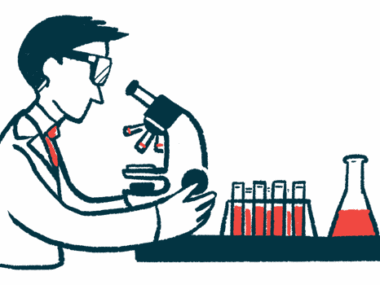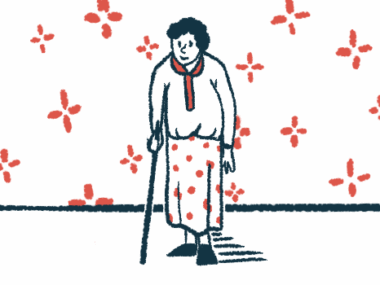Secondary CAD found in woman with advanced breast cancer
Case highlights importance of recognizing CAD symptoms, per researchers
Written by |

A 50-year-old woman in the U.S. developed secondary cold agglutinin disease (CAD), a rare form of autoimmune anemia, as a complication of advanced breast cancer, a case study detailed.
The researchers acknowledged that CAD “is rarely secondary to solid tumors,” as are typically seen in breast cancer.
But they nevertheless highlighted that “it is necessary to maintain a high index of suspicion,” noting that “prompt recognition can lead to an early diagnosis of the underlying cause and initiation of therapy.”
Their case report highlights the importance of recognizing CAD symptoms, which may signal underlying health issues, the team noted.
Titled “Breast Adenocarcinoma and Cold Agglutinin Disease: A Paraneoplastic Syndrome,” the report was published in the journal Cureus.
Suspicion of secondary CAD aided in patient’s breast cancer diagnosis
Autoimmune hemolytic anemia, or AIHA, occurs when the immune system mistakenly attacks and destroys red blood cells. CAD is a type of AIHA in which low temperatures promote the binding of antibodies, called cold agglutinins, to red blood cells. While secondary CAD can be triggered by various conditions such as infections, autoimmune diseases, and cancer, it is rarely linked to solid tumors.
In this report, the researchers described the case of a woman with a history of HIV, or human immunodeficiency virus — a virus that attacks the body’s immune system. She had not been adhering to her treatment regimen. The woman sought treatment for numbness on one side of her face and blurry vision.
Additional symptoms included fatigue, jaundice, weight loss, and a swollen liver. Blood tests indicated severe anemia resulting from the breakdown of red blood cells, a process known as hemolysis, suggesting an underlying condition. A direct antiglobulin test further confirmed the presence of immune proteins on her red blood cells, as well as elevated levels of cold agglutinins, supporting a diagnosis of CAD.
Based on blood tests and overall symptoms, CAD secondary to an underlying condition was suspected, and the patient underwent imaging exams that revealed abnormalities in the breast and liver, along with signs of cancer that had spread to the bones and brain.
A bone marrow biopsy — a procedure involving the extraction and examination of a small tissue sample — confirmed the presence of metastatic breast cancer. Metastatic means that the cancer has spread to other parts of the body and is in an advanced stage.
It is important for clinicians to recognize AIHA [autoimmune hemolytic anemia] as a possible complication of solid tumors to facilitate prompt diagnosis and treatment.
Treatment focused on managing both the patient’s anemia and cancer. The woman received blood transfusions, steroid therapy, and a procedure called plasmapheresis, in which a person’s blood is filtered to remove harmful immune proteins that cause hemolysis.
While these treatments provided temporary relief, her condition remained challenging due to the advanced stage of her cancer, according to the researchers.
The patient opted for palliative care, which focuses on comfort and quality of life rather than curing one’s disease. Her condition worsened, with the patient and her family ultimately deciding to pursue hospice care.
The researchers noted that, while AIHA, especially CAD, is rarely reported in solid tumors, this case highlights the importance of early recognition of CAD symptoms.
“It is important for clinicians to recognize AIHA as a possible complication of solid tumors to facilitate prompt diagnosis and treatment,” the team concluded.






